The Tang dynasty was one of the most powerful in Chinese history. In this period, China becomes the the most prominent civilization in East Asia—with links east to Korea and Japan and west, along the Silk Route.
618–907 C.E.

The Tang dynasty was one of the most powerful in Chinese history. In this period, China becomes the the most prominent civilization in East Asia—with links east to Korea and Japan and west, along the Silk Route.
618–907 C.E.
What is the Tang dynasty?
We're adding new content all the time!
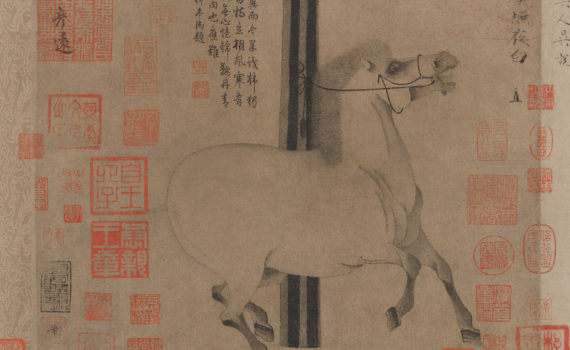
Han’s Night-Shining White exemplifies the expressive power of the line, the backbone of Chinese painting.
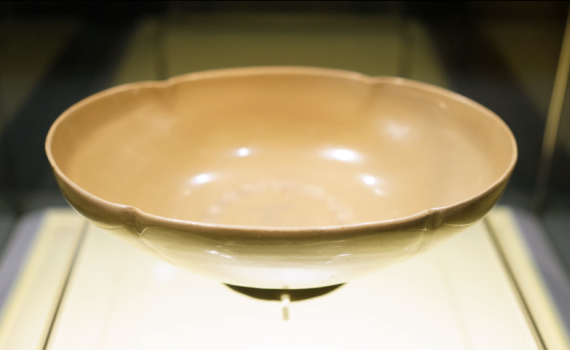
This begonia-shaped porcelain bowl attempts to achieve purity and perfection in its shape, thinness, and glaze
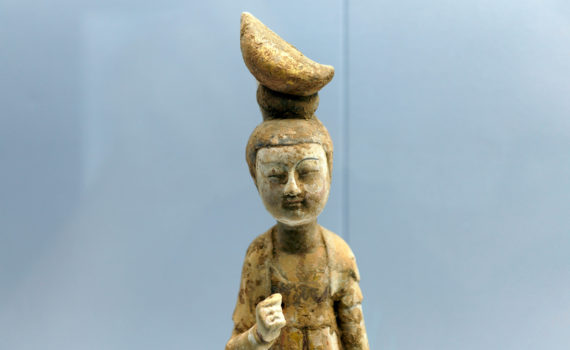
Musicians on camels, women on horseback, and terrifying guardians—these are some of the figurines found in Tang dynasty tombs
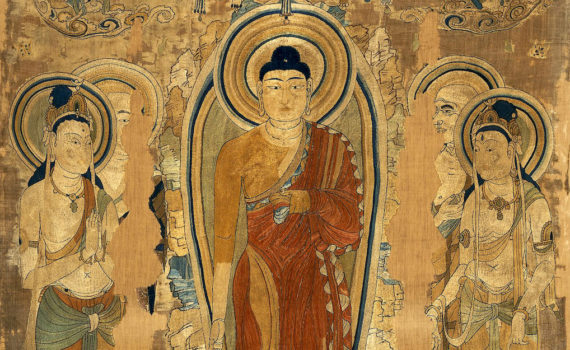
This embroidery, discovered at Dunhuang, dates from China’s Tang dynasty (618–907) and depicts the Buddha preaching at Vulture Peak – in Buddhist tradition a favorite retreat of the Buddha and his disciples.

In China, people made tomb figurines as replacements for real objects so that the deceased would enjoy their company or service in the afterlife.
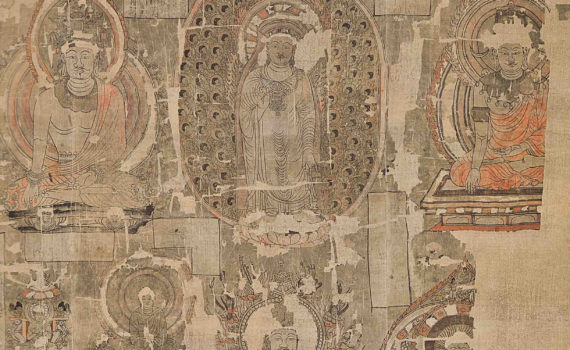
A fragmentary silk painting tells us about Buddhist art along the Silk Roads, numerous Buddhist sacred icons, and the complex life of an object after its creation.
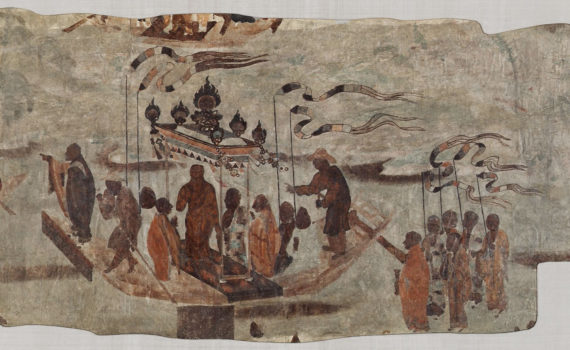
Mogao Cave 323 at Dunhuang tells a version of the origins of Chinese Buddhism across its many wall paintings.
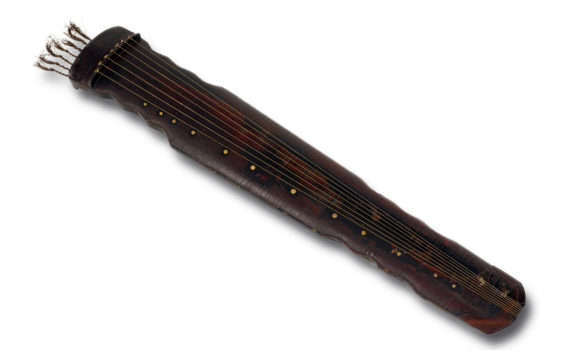
Qin have for centuries been valued as a symbol of high culture by the Chinese elite class.
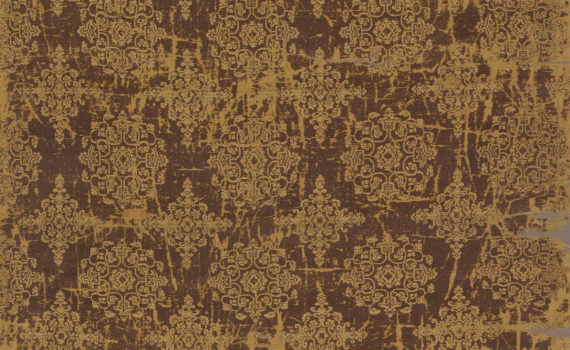
Chinese fabrics—typically silks—were traded widely and became one of the most popular goods on the Silk Road.

The Tang dynasty is considered a golden age in Chinese history.
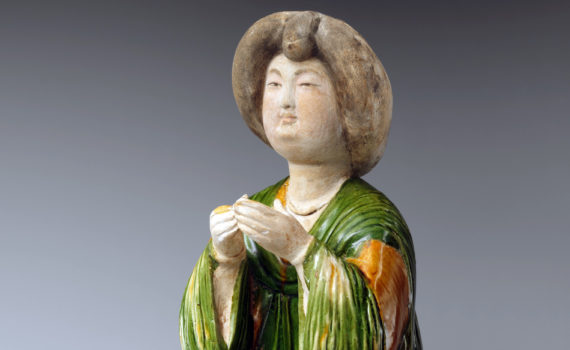
ThisTang dynasty figure tells us something about human beauty & its moment in time

Curated Guides are collections of Smarthistory videos and essays curated and organized by leading scholars into strategic pathways for learning and teaching. Check out the 3 types of guides: The Basics, Syllabi, and Thematic Series!
Curated Guides are part of an ongoing effort to make Smarthistory even more useful for educators and learners everywhere. Stay tuned for more updates!